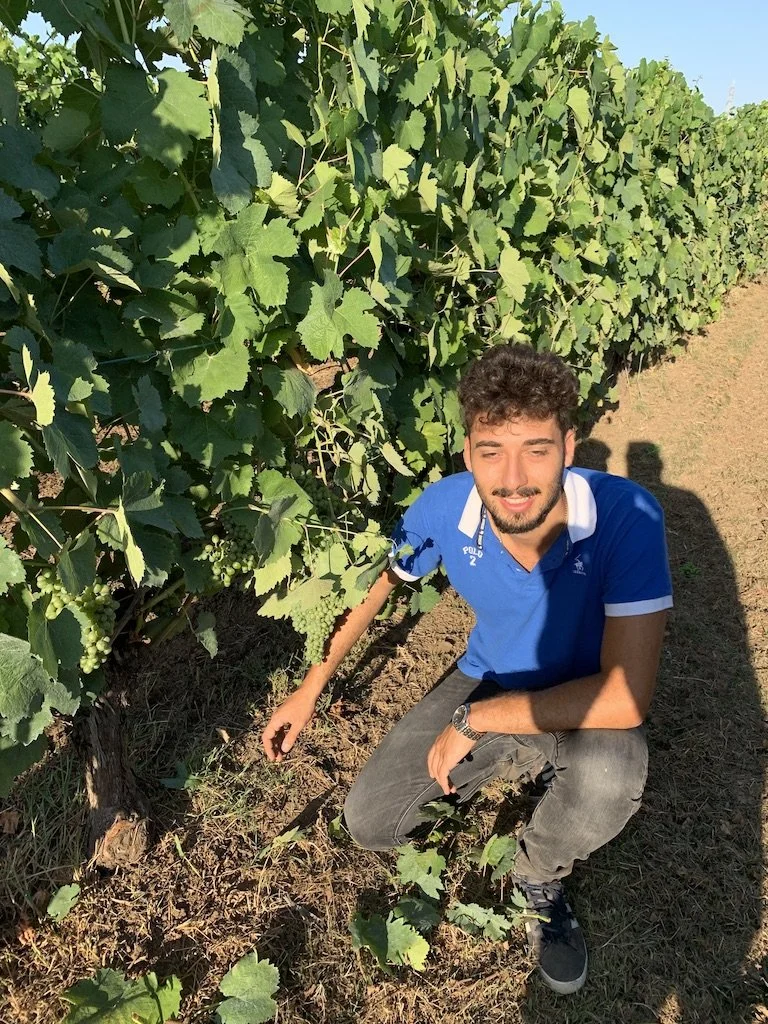Campania, Italy
Nicola Trabucco was a dedicated agronomist whose tireless studies played a pivotal role in the revival of the Falerno del Massico appellation, one of the oldest documented appellations in history, dating back to 200 BC when Plinio il Vecchio first mentioned it. Tragically, Nicola's son Danilo lost his father at a tender age of 20, while still a student. However, driven by his deep-seated passion for winemaking and guided by the wisdom his father imparted, Danilo managed to keep their winery thriving. Within just two years of Nicola's untimely passing, Danilo earned recognition as the youngest and most talented winemaker in the Campania Region. Today, he stands as a prominent ambassador for the extraordinary and enchanting Falerno del Massico appellation, renowned for its exquisite wines crafted from Aglianico, Primitivo, and Falanghina grapes. What sets this terroir apart is its unique blend of conventional soil intertwined with volcanic ashes and pyroclastic materials, creating a distinctive environment for grape cultivation. Nicola Trabucco wine now grows Primitivo grapes grown on Massico Mountain in Campania that are the oldest Primitivo clones in Italy. These vines are direct descendants of those cultivated by the ancient Romans in what is now Croatia, making them the ancestors of the Zinfandel grape. Falerno del Massico, though relatively young as an appellation, boasts a rich history, with documented references dating back to 300 BC. Professor Trabucco's tireless efforts to uncover this historical treasure involved poring over ancient Roman manuscripts and conducting archaeological investigations to confirm the existence of these legendary vineyards. After years of meticulous research and DNA testing, the ancient vineyards were rediscovered, giving birth to the new Falerno del Massico DOC appellation. Situated in the northernmost part of the Campania region, Massico Mountain's unique soil composition and microclimate are the result of two major volcanic eruptions—Rocca Monfina from the North East and Campi Flegrei from the south—making it an ideal terroir for viticulture.






